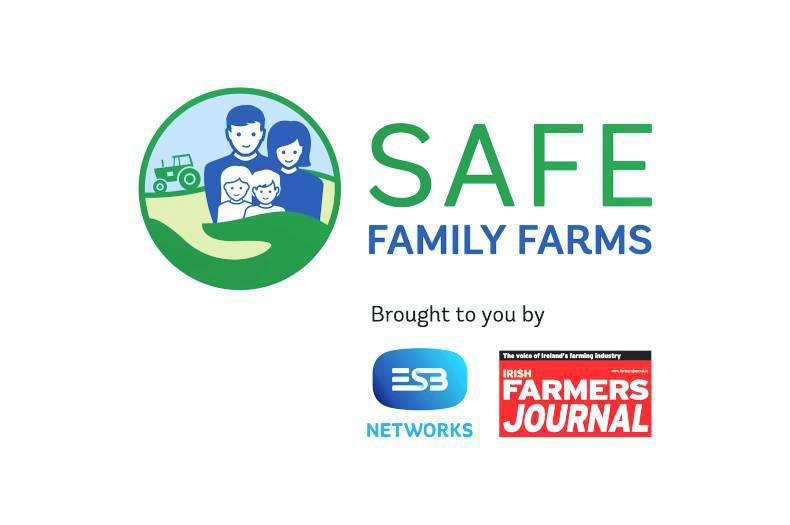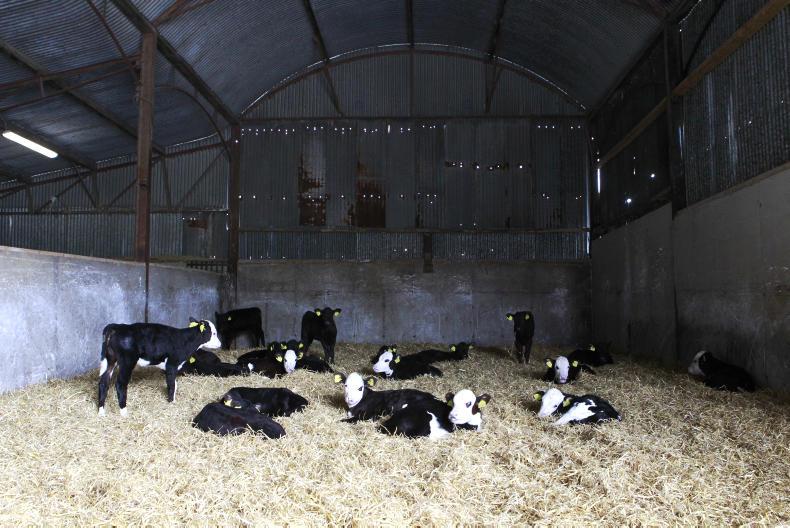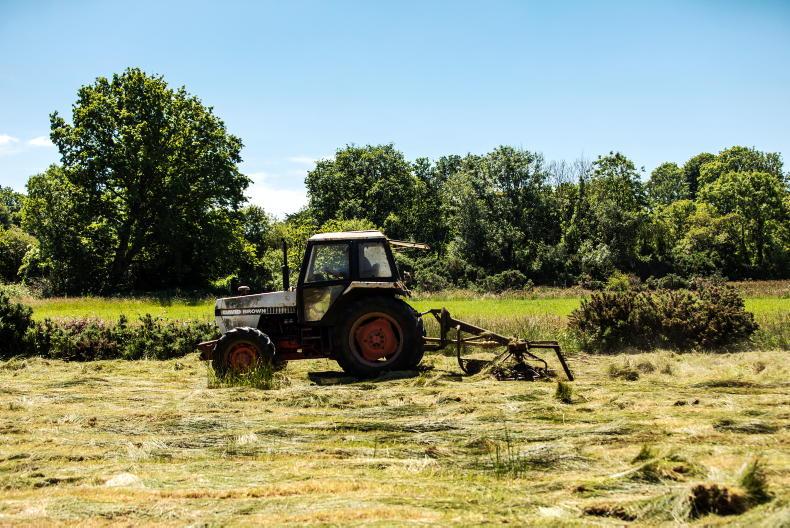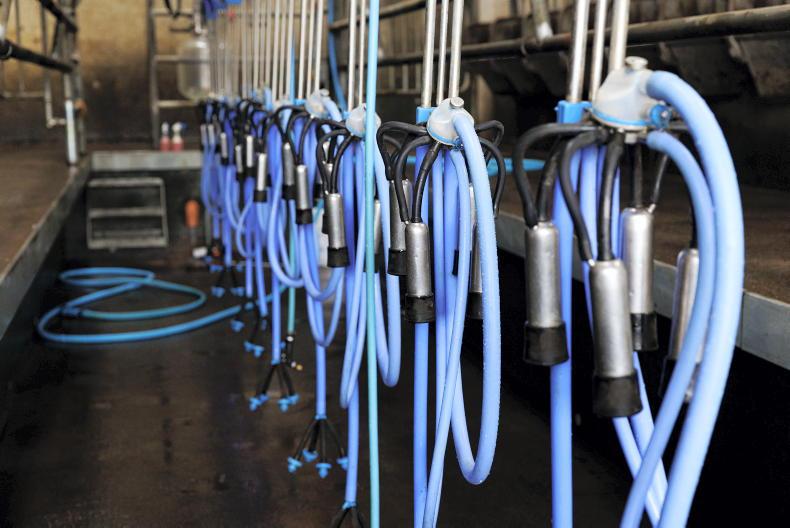Calving is one of, if not, the most stressful periods on dairy and suckler farms.
It is also one of the highest risk tasks, with a cow’s behaviour potentially changing from quiet to aggressive without any warning.
This is not surprising given that a cow’s natural instinct is to protect her young and this includes any changes to normal management such as tagging calves.
While the practice itself is relatively straightforward, it has the potential to be far from straightforward if the recommended procedures are not followed.
Restrain the cow
Firstly, a calf should never be tagged until the cow is moved into a separate area or restrained in a head gate, no matter how quiet you think the cow is.
A calf bellowing after tagging can be enough to startle the cow.
A facility should also be available if required to restrain the calf to prevent injury when trying to hold calves.
BVD tag
Tagging calves as soon as possible after birth will also help while it is also advisable to get a quick response from the Bovine Viral Diarrhoea tissue tag.
Tag application
On applying the tag, the advice is similar irrespective of tag type. The tag should be applied in a clean environment. Once the calf is restrained, apply the tag approximately midway in height of the calf’s ear (between the cartilage) and about midway to two-thirds in from the tip of the ear. The female or button part of the tag should always be placed on the inner side of the ear.

Take care to apply tags between the two layers of cartilage present as piercing these areas will cause discomfort.
Registration
Calves must be tagged with a tag in each ear within 20 days of birth or before they leave the holding, if this occurs before day 20. Birth registration must take place within seven days of tagging and at the latest before calves reach 27 days of age.
Registration can take place via the identically numbered paper application form, Agfood.ie or other approved online software programs or through the ICBF registration booklet. Following this, record births in your herd register or, if you are using an online herdbook, this will suffice.
Expanding numbers
The dairy industry is experiencing rapid expansion, both in existing herds and new entrants.
On many farms, expansion of facilities is focusing first on additional space for cows or upgrading of the parlour and dairy. There has also been a renewed focus in recent years on tightening the calving period to a short window that will capitalise on spring grass growth.
This is satisfying the aim of targeting low-cost production but a downside is increased pressure on labour and facilities during the calving season.
This is particularly the case in herds that have significantly expanded cow numbers but have yet to tailor calving and calf rearing facilities.
Such situations are putting farm workers under additional pressure which in turn can increase the risk of accidents taking place.
Assess and make changes now
It is important to assess existing facilities well in advance of the calving season and question if there are any alterations to existing sheds or changes that can be made to facilitate a smoother calving season.
It is also worth noting that there is greater disease pressure in expanding herds which also tallies for calves. Reviewing your health programme is also time well spent at this time of year as an outbreak of disease is the last thing that any farmer needs in an already busy calving season. Simple tasks such as installing a water heater with greater capacity or having overflow pens on hand can reap big rewards.
Care when castrating
The practice of leaving male calves entire has become much more common in recent years with weanling producers acknowledging that it will attract both prospective bull finishers as well as grass-based steer finishers.
With a lot of business carried out in autumn weanling sales and animals now settled indoors, castration will be on the agenda for farmers operating a steer system.
It is important to note that in Ireland, use of anaesthesia is required by law for surgical/burdizzo castration of cattle over six months of age. Rubber ring castration (or use of other devices restricting the flow of blood to the scrotum) without use of anaesthetic can only be performed in calves less than seven days of age.
Furthermore, where anaesthetic is required for castration, the procedure must be performed by a veterinary practitioner.
For those in a suckler-to-steer beef system, the banding method of castration at a younger age may be beneficial from a management and safety viewpoint.
However, many farmers who sell weanlings or steers tend to avoid this method of castration, as there is a perception that the visual appearance (ie lack of scrotum) may affect buyer demand.
Burdizzo
Castration with a burdizzo is the preferred method for young calves or weanlings, with surgical castration more suitable for stronger or aged bulls.
When using the burdizzo method, each cord should be crushed twice for 10 seconds each time, taking care that this takes place one below the other.
Animals should receive clostridial disease vaccination ahead of castration to reduce the risk of tetanus while hygiene post-castration is especially important where surgical castration is being carried out. Where castrating housed weanlings, allowing them access to straw bedding will help in reducing discomfort.
With regards the procedure itself, it is important to ensure facilities are capable of restraining animals sufficiently while good help is particularly important when restraining animals to limit the risk of kicking and injury to the operator.













SHARING OPTIONS